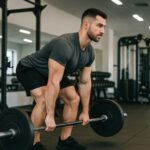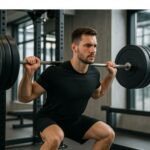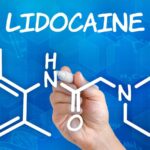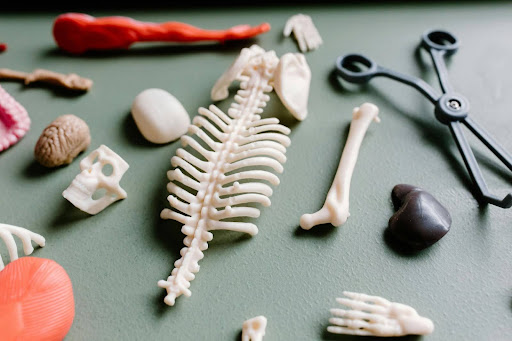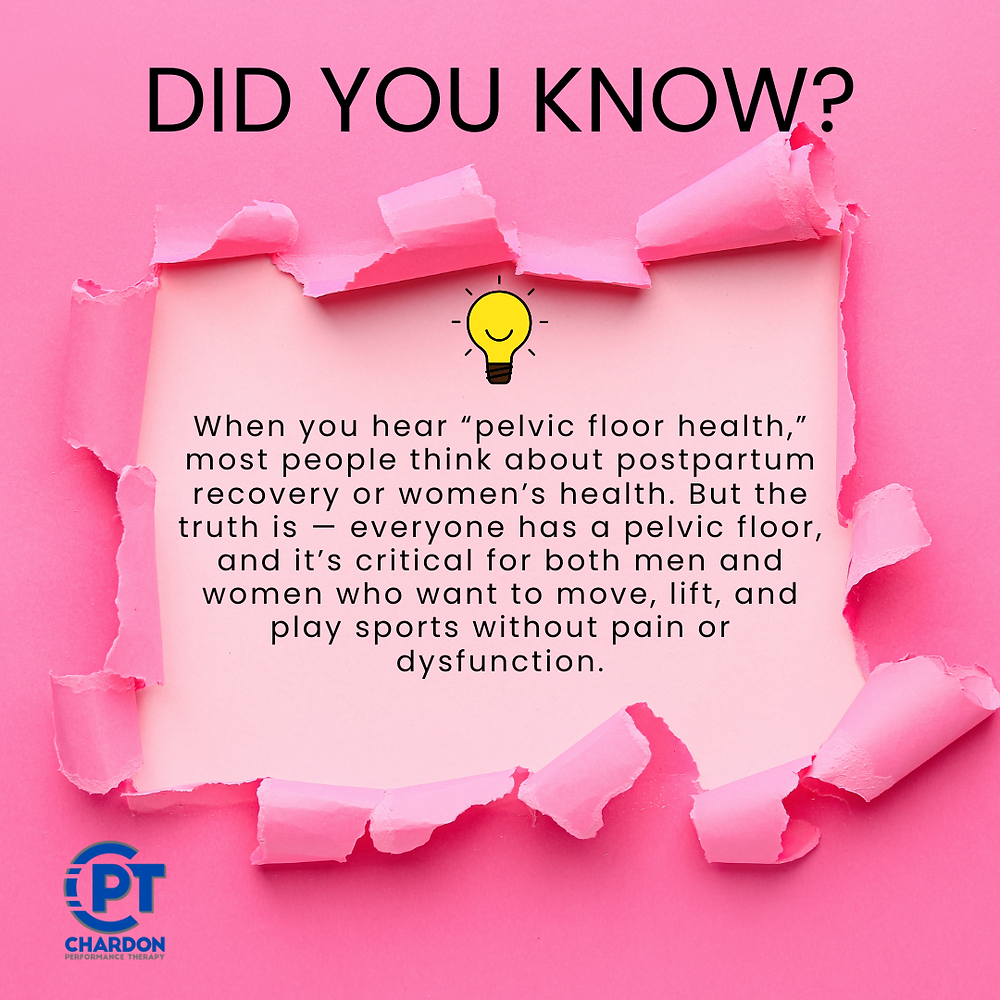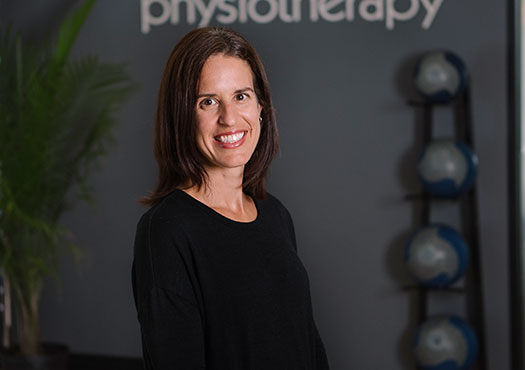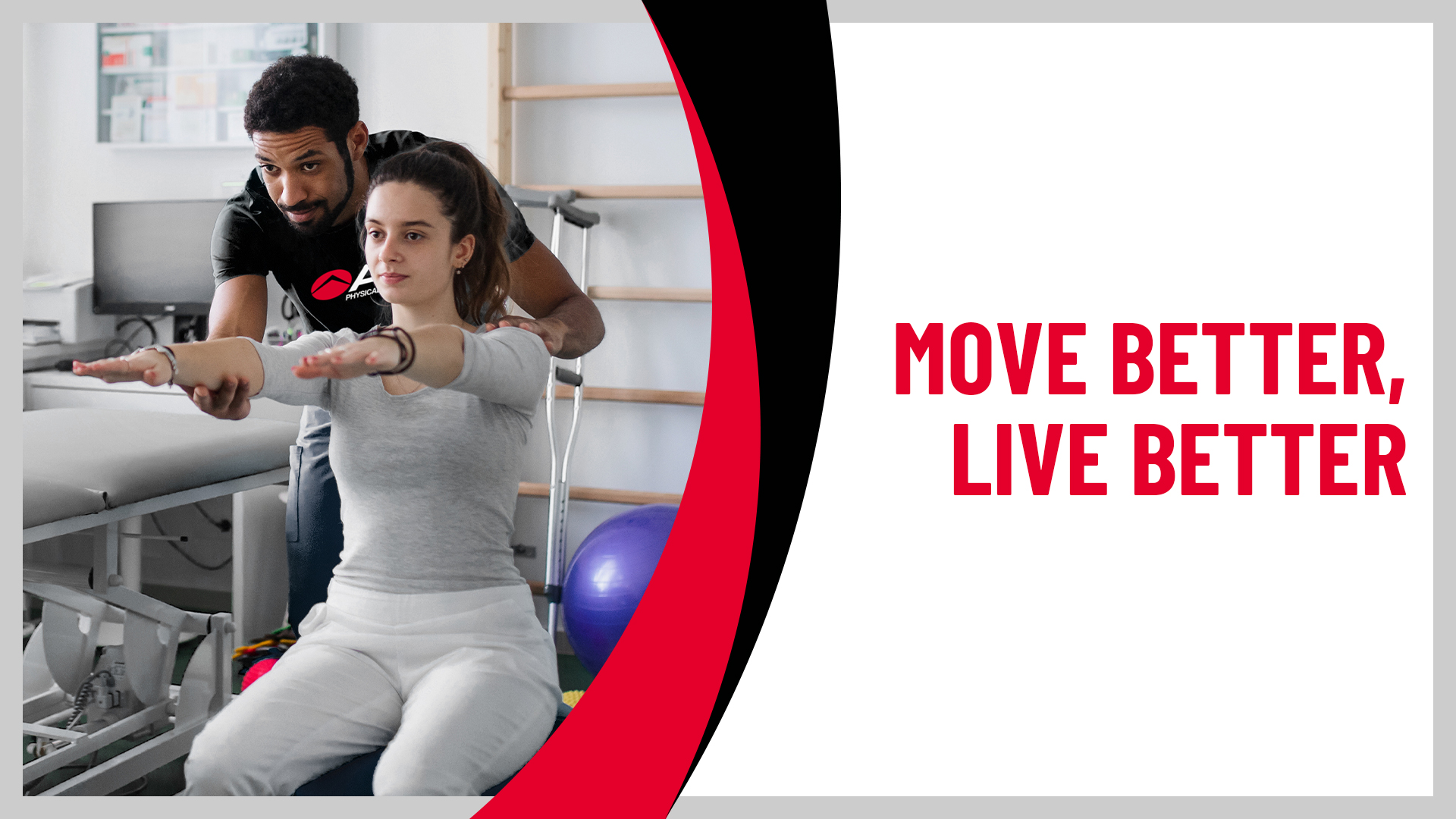They’re an amazing way to gain insight into what is going on deep inside your body, anatomically. Sometimes that means a lot. Sometimes that means very little. Let explore PTs and MRIs.
PTs have a better success rate with finding an injury on an MRI than general MDs
Just because an imperfection shows up on an MRI doesn’t mean it’s causing your pain

 Which person do you think had more symptoms and lacking function? Who do you think took longer to get better? Read the article and find out: https://www.jospt.org/doi/epdf/10.2519/jospt.2011.3618
Which person do you think had more symptoms and lacking function? Who do you think took longer to get better? Read the article and find out: https://www.jospt.org/doi/epdf/10.2519/jospt.2011.3618
How about shoulder MRIs? Still, many findings on MRIs are incidental and pain-free:
50 “5.11+” climbers in Colorado without shoulder pain underwent a shoulder MRI to find the incidence of any tears.
- Rotator cuff tendinopathy was present in 80% of the climbers
- 79% had subacromial “bursitis”
- Biceps tendinopathy was found in 73%
- Labral pathology in 69% with a discrete labral tear in 56% of shoulders
Remember, these are pain free shoulders climbing around on these “injuries” seen on an MRI. They don’t need surgery because the tissue damage isn’t limiting their ability to climb, they aren’t painful, they are just there. So it’s always important to correlate the MRI findings with function – just because it is there, doesn’t mean it has to hurt. Read on about the study here: https://pmc.ncbi.nlm.nih.gov/articles/PMC8842184/
Let’s explore more on how MRIs work more by talking tendons:
When it comes to tendon damage seen on MRI if it is considered a “partial tear” or a “tendinopathy”, there really isn’t much of a difference between the two, maybe just the size. Both should really be considered a tendinopathy, and do not require surgery.
Why?
As you go into the giant magnet, similarly aligned tissues will show up the same as the cell’s/tissue’s hydrogen atoms align. Much of this has to do with the water content in the tissue (more water, more hydrogen). If there is a bunch of tissue that is going in every direction (as in a tendinopathy) that is surrounded by more water than normal (swelling), it will show up as a hole on the MRI. If a visual defect is seen around the tendinopathy, and is referred to as a partial tear, that hole is still filled with disorganized tissue, and it should probably be called a tendinopathy – maybe a large tendinopathy.
We now know this “hole” that is seen on MRI is filled with tissue since the onset UTC (Ultrasound Tissue Characterization)
UTC is a specialized 3D ultrasound that can identify the different types of cells and collagen matrix within the tendon itself based on the “echos” sent back from the tissue. Similarly with MRIs, UTC results are not predictive or correlative with pain. However, if you tendinopathy on UTC, you are 7x more likely to develop tendon pain, but its not correlated, its a likelihood.
Why?
A pathological tendon often appears thickened from the outside. This is actually a great indicator of your body laying down more healthy tissue to protect against the damaged tissue. On the inside of a pathological tendon, there is still more healthy tendon tissue than a normal tendon. Just because it is there, doesn’t mean that it is painful, or “unhealthy”, but it has adapted to the stresses that was required of it.
When we treat a painful tendon, we are focusing on improving the strength of the healthy tissue with a progressive loading pattern.
The unhealthy tissue has also been shown to not change through the course of an injury. So tracking changes in tissue health, and treating the unhealthy tissue has not been deemed effective. In other words:
Treat the Donut. Not the Hole.

While MRIs may still be considered the “gold standard” at detecting a tendon problem, it doesn’t account for cell types within the tissue. A solid physical exam focusing on movement and load tolerance is necessary for a proper tendon diagnosis.
ALTA is here to help you make those correlations and figure out how to use this information to help you heal. If you’ve recently gotten MRI results or are thinking imaging might be the next step in your injury recovery, make an appointment to come see us today.
